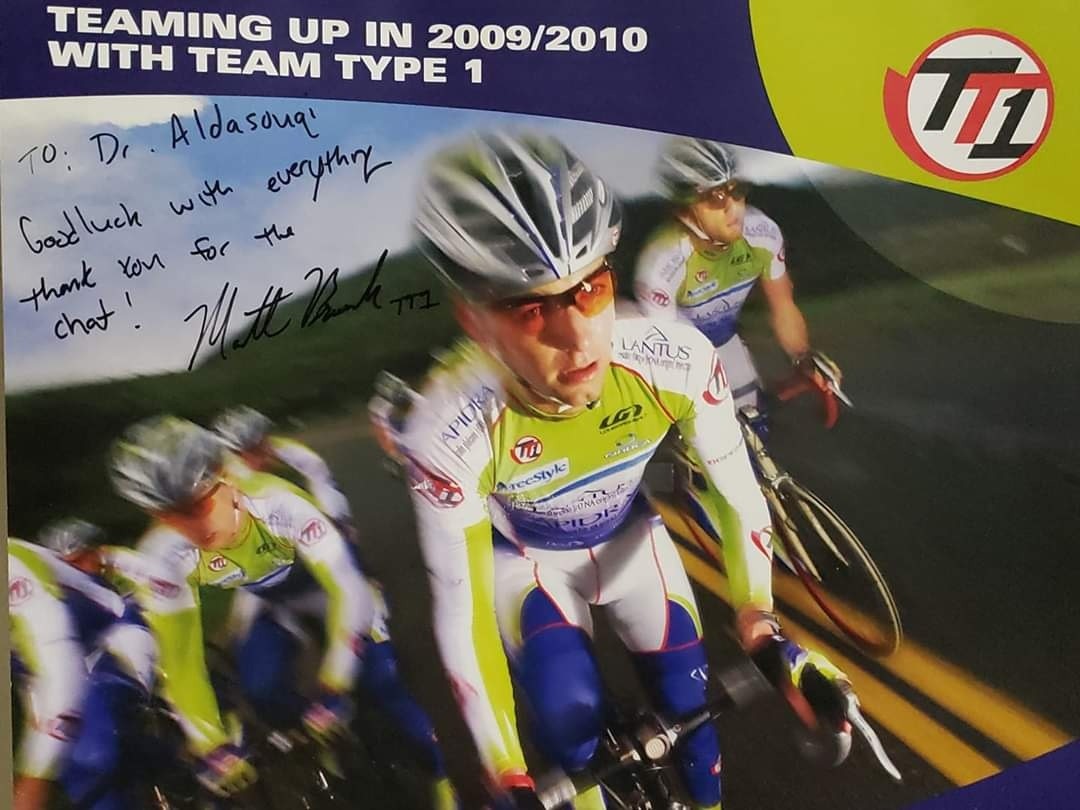BLOG: Beating diabetes across America
As a clinician specialized in diabetes, I am full of empathy toward all of my patients, but especially toward those with type 1 diabetes.
I do not have type 1 diabetes, but rather mild prediabetes that I manage with diet and pills. I do not take insulin, use an insulin pump or a glucose sensor (continuous glucose monitor, or CGM). I rarely check my blood glucose level with fingersticks. But every now and then, I volunteer to test the new diabetes technology (pumps and sensors) and have been for the last 25 years or so in the specialty. That is when I get to experience what it might be like to have type 1 diabetes over a weekend.
One such weekend, about a decade ago, I volunteered to test a new CGM that was being introduced into clinical use. I took it home and wore it. I had to perform fingersticks at least four times a day. The experience was an opportunity for a teachable moment and an opportunity to learn empathy, as I wrote in an article published in the Hektoen International Journal of Medical Humanities:
“As I examined my fingers, I began to wonder what really happens to a patient once he leaves my office with the ‘order’ to monitor his blood glucose four times a day? After experiencing how painful glucose testing can be, I questioned how easy it is for medical professionals to simply make that recommendation, four times a day, every day, 7 days a week, indefinitely. What a painful recommendation! Yet, unknowingly, we merely jot down or ‘e-type’ a prescription without realizing what happens after our patients leave our offices. ... I have experienced first-hand how these seemingly minute changes that we as doctors often thoughtlessly recommend for our patients can wreak havoc on their lives.”

I thought about all of this recently as I was working in my home office. Hanging over the wall above my desk is a colorful 2009-2010 calendar. The calendar features Matt Brooks and his teammates, who won the 2009 Race Across America, or RAAM, an ultra-distance road cycling race held across the United States that started in 1982. It remains the longest cycling race across America. Matt and his teammates, who also won the RAAM in 2006 and 2007, are an eight-member cycling team, called Team Type 1 (TT1). All of them have type 1 diabetes.
I was honored to meet Matt and some of his teammates during that race; I spoke with and had lunch with Matt. He even signed a calendar photo for me.
I salute all of my patients with diabetes, and all people with diabetes around the world, especially those with type 1. This is a highly demanding disease. Patients must monitor their diet and physical activity and check blood glucose multiple times a day and take insulin injections multiple times a day. Insulin pumps and CGMs have helped make type 1 diabetes more manageable; nevertheless, diabetes remains a highly demanding disease.
I salute Matt and his eight TT1 teammates, who beat diabetes across America. They were using insulin either by multiple daily injections, or by insulin pumps. They were closely monitoring their food intake. They would treat themselves if they would experience hypoglycemia. All of that, while competing with other cyclists without diabetes. These athletes are true ambassadors of all people with type 1 diabetes.
They have beaten diabetes across America!
Collapse
